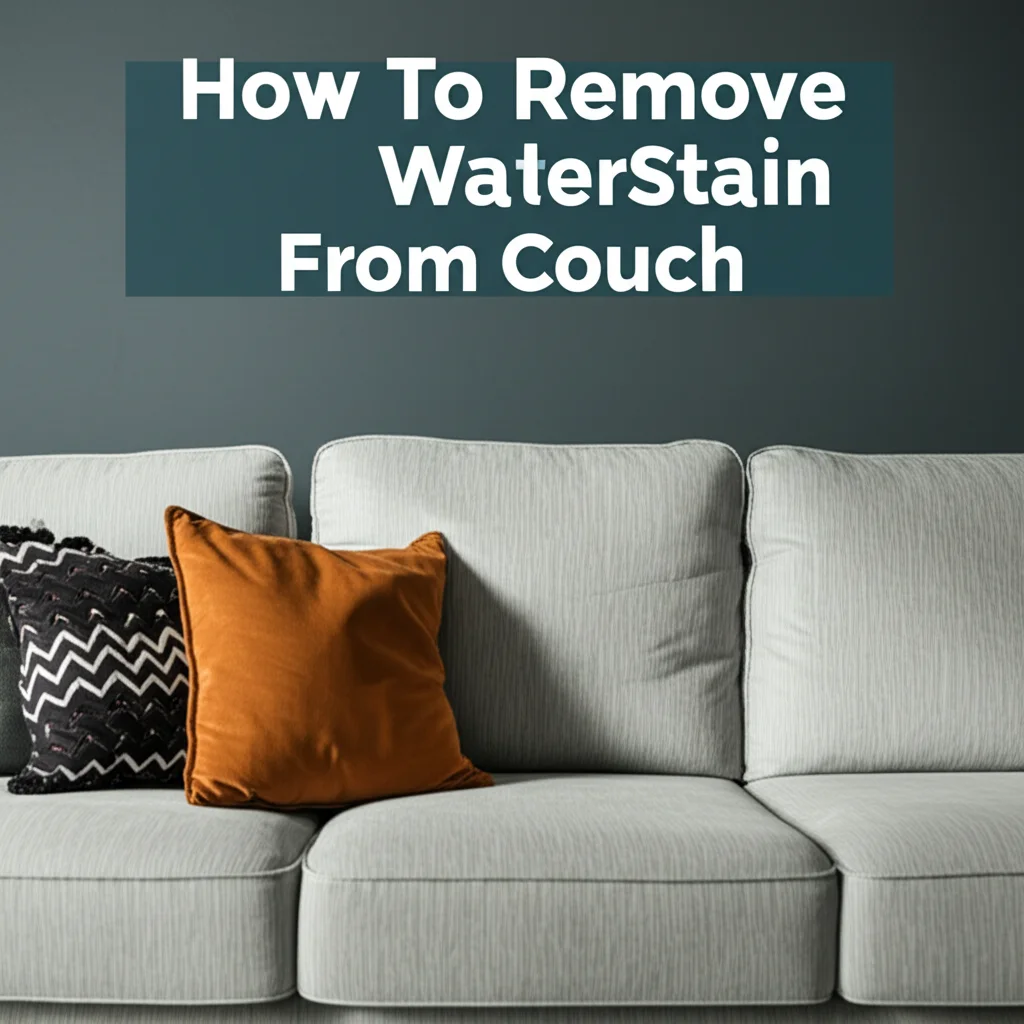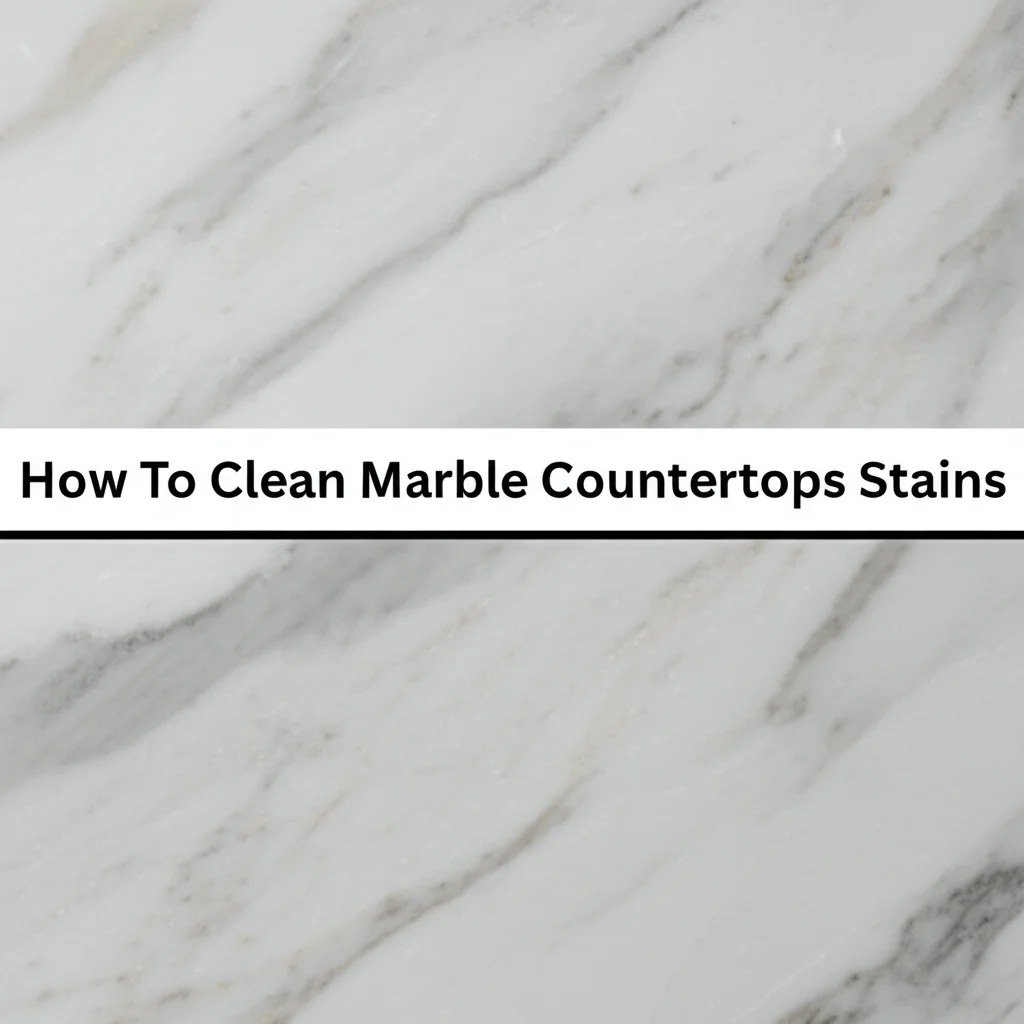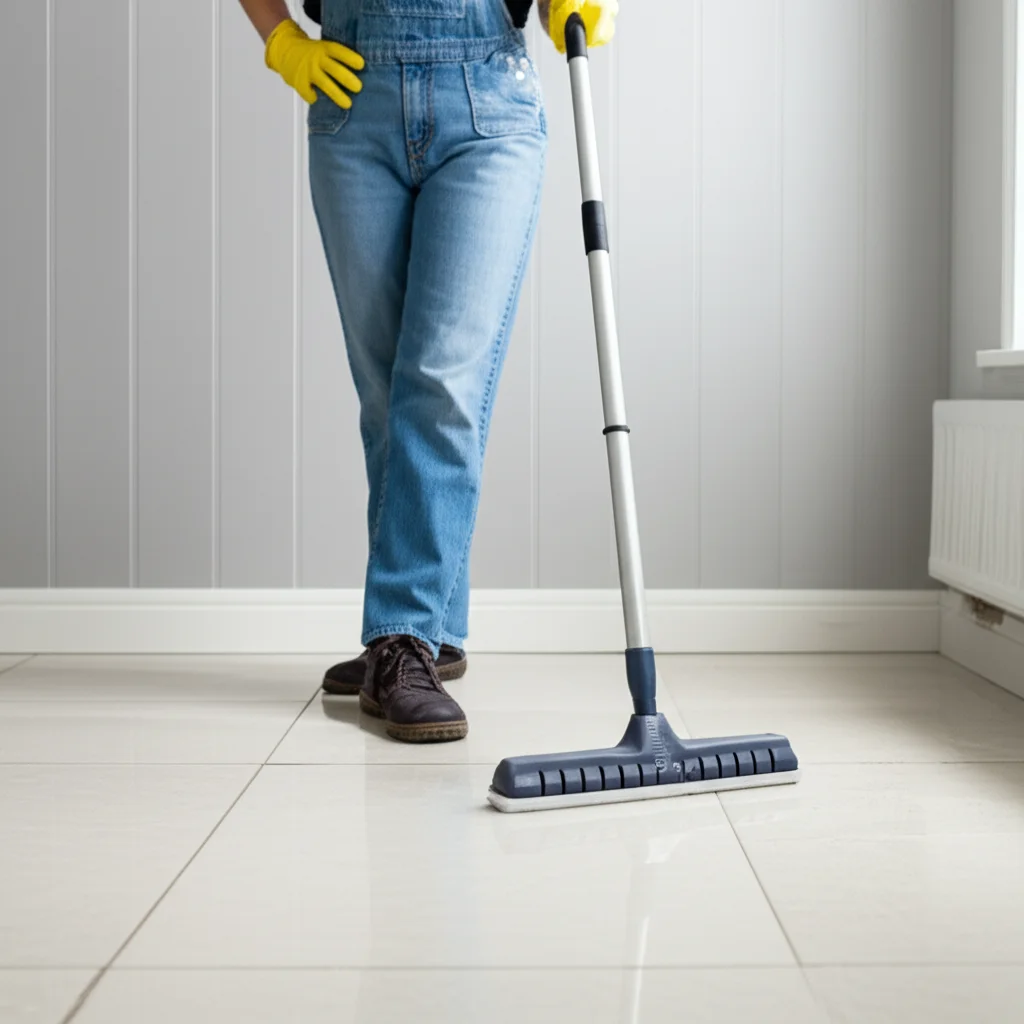· Todd Martin · Home Cleaning · 13 min read
How To Clean Upholstered Chairs

Revitalize Your Home: How to Clean Upholstered Chairs
Your upholstered chairs are central to your home’s comfort and style. They see daily use, gathering dust, spills, and odors over time. Keeping them clean is essential for a fresh living space. Knowing how to clean upholstered chairs correctly extends their life and keeps them looking new. This guide provides a full overview of cleaning techniques. We cover everything from basic upkeep to tackling tough stains. You will learn the right tools and methods for different fabric types.
Takeaway
- Identify your upholstery fabric code before cleaning.
- Gather necessary tools like vacuum, brushes, and cleaning solutions.
- Always test cleaning solutions on a hidden area first.
- Blot stains; do not rub them.
- Allow chairs to air dry completely to prevent mold.
Clear Answer
To clean upholstered chairs, first identify the fabric code (W, S, WS, X). Then, vacuum the chair thoroughly. Spot clean small stains using a tested cleaning solution, blotting gently. For a deeper clean, follow fabric-specific instructions, apply solution sparingly, and allow the chair to air dry completely.
Decoding Upholstery Fabric Codes for Effective Cleaning
Before you begin any cleaning project, it is very important to understand your upholstered chair’s specific fabric code. This code tells you the safest cleaning method for your material. You can usually find these codes on a tag attached to the cushion or under the chair itself. Using the wrong cleaning method can damage your upholstery permanently. I always check this tag first to avoid any costly mistakes.
The main fabric codes are W, S, WS, and X. Each letter gives specific instructions for cleaning. ‘W’ stands for water-based cleaners. These fabrics are safe to clean with water and mild detergents. ‘S’ means solvent-based cleaners only. Water can cause shrinking, spotting, or staining on these materials.
‘WS’ indicates that both water-based and solvent-based cleaners can be used. These fabrics offer more versatility in cleaning options. Finally, ‘X’ means you should only vacuum or brush the fabric. Water or solvents can damage ‘X’ coded upholstery. Understanding these codes prevents damage and ensures a successful clean.
Knowing these codes is your first step to a clean chair. Ignoring them risks your furniture’s appearance and lifespan. Always prioritize the manufacturer’s recommendations. This simple check saves you time, effort, and money in the long run.
Essential Tools and Supplies for Upholstered Chair Cleaning
Having the right tools and supplies makes cleaning your upholstered chairs much easier and more effective. Before you start, gather everything you need in one place. This prevents interruptions and ensures a smooth cleaning process. I always prepare my cleaning kit beforehand.
You will need a vacuum cleaner with an upholstery attachment for removing loose dirt and debris. A stiff brush or a soft-bristled brush is also useful, depending on your fabric type. These help dislodge stubborn dirt. For liquid spills, several clean, white cloths or microfiber towels are essential for blotting.
Regarding cleaning solutions, the choice depends on your fabric code. For ‘W’ coded fabrics, you can use a mild dish soap solution mixed with water. A dedicated upholstery cleaner formulated for water-safe fabrics is also a good choice. For ‘S’ fabrics, you will need a dry cleaning solvent. You can also make a simple cleaner with vinegar for general cleaning around the house.
For tougher stains, consider a specialized stain remover. Always keep a spray bottle handy for applying solutions evenly. Finally, a fan or open windows are crucial for proper drying. Having these items ready ensures you can tackle any cleaning task effectively and safely.
Step-by-Step Guide: General Cleaning for Upholstered Chairs
General cleaning of your upholstered chairs keeps them looking fresh and prevents dirt buildup. This process is simple and should be done regularly. I follow these steps for routine maintenance of my furniture. Start by removing any loose cushions.
First, vacuum the entire chair thoroughly. Use the upholstery attachment to reach into crevices and along seams. Pay close attention to areas where dust and crumbs collect. This step removes surface dirt and prevents it from being pushed deeper into the fabric during wet cleaning.
Next, identify any small, fresh spots or light stains. You can pre-treat these areas. For ‘W’ coded fabrics, mix a small amount of mild liquid dish soap with warm water. Dampen a clean, white cloth with this solution. Gently blot the soiled area. Avoid saturating the fabric.
For ‘S’ coded fabrics, use a specific dry cleaning solvent, applying it with a clean cloth. After blotting, use another clean, damp cloth (with plain water for ‘W’ fabrics) to rinse the area. Blot dry with a clean, dry towel. Allow the chair to air dry completely. Proper drying prevents mildew and odors. You can also use a cleaner made with vinegar for a natural touch.
This general cleaning routine helps maintain your chairs between deeper cleans. Consistent care ensures your upholstered furniture remains inviting and extends its lifespan. Remember to test any solution in an inconspicuous area first.
Tackling Common Stains on Upholstered Furniture
Stains are an inevitable part of living with upholstered furniture. But with the right approach, many common stains can be removed effectively. The key is to act quickly. Different types of stains require different treatment methods.
For food and beverage spills, immediately blot the excess liquid with a clean, dry cloth. Do not rub, as this can spread the stain and push it deeper into the fibers. For water-based stains like juice or coffee, mix one teaspoon of mild dish soap with a cup of warm water. Apply a small amount of this solution to a clean cloth and blot the stain. Rinse by blotting with a clean, damp cloth.
Greasy stains, such as oil or butter, respond well to absorbent powders like cornstarch or baking soda. Sprinkle a generous amount over the stain and let it sit for 15-30 minutes to absorb the grease. Then, vacuum up the powder. Afterward, you may need to follow up with a mild soap and water solution if your fabric is ‘W’ coded. Remember that these methods also work for cleaning stains off walls in your home.
For tougher stains like ink or red wine, specialized upholstery stain removers are available. Always choose a product that matches your fabric type (W or S). Test the product in an inconspicuous area first. Apply according to the product’s instructions, usually by blotting. Always allow the area to air dry completely. Prompt action and the correct method greatly increase your success in stain removal.
Deep Cleaning Techniques for Upholstered Chairs
Sometimes, a general clean is not enough. Your upholstered chairs may need a deeper clean to remove embedded dirt, odors, or widespread soiling. Deep cleaning revitalizes the fabric and improves indoor air quality. I perform a deep clean at least once a year or as needed.
For ‘W’ coded fabrics, you can use a steam cleaner or an upholstery cleaning machine. These machines apply a cleaning solution and then extract it, along with the dirt. Before using one, vacuum the chair thoroughly. Pre-treat any heavily soiled areas or stubborn stains. Fill the machine’s reservoir with the recommended cleaning solution, following the manufacturer’s instructions.
Work in small sections, moving the nozzle slowly across the fabric. Overlapping your passes ensures complete coverage. Avoid oversaturating the fabric, as this can lead to slow drying and potential mold growth. After cleaning, go over the fabric with clean water in the machine to rinse out any remaining soap residue. This step is crucial for preventing residue buildup that can attract more dirt.
For ‘S’ coded fabrics, professional cleaning is often the safest deep cleaning method. If you choose to do it yourself, you must use a dry cleaning solvent. Apply the solvent sparingly with a clean, white cloth. Work in small areas and ensure good ventilation. This method does not involve water, so drying time is less of a concern. However, proper ventilation is critical due to fumes. Knowing how to clean mold off shoes is also a good skill to have if dealing with moisture issues.
Always ensure the chair is completely dry before using it again. Fans can speed up the drying process. Deep cleaning restores your upholstered chairs’ appearance and freshness, making them feel new again.
Drying and Protecting Your Upholstered Chairs
Proper drying is as important as the cleaning process itself. If your upholstered chairs do not dry completely, they can develop unpleasant odors, mildew, or even mold. This also helps keep your chairs from getting mold under the sink in your bathroom or kitchen. Protecting your chairs after cleaning helps maintain their fresh look for longer. I always ensure my chairs are fully dry before allowing use.
After wet cleaning, immediately blot excess moisture from the fabric with clean, dry towels. Press down firmly to absorb as much water as possible. Do this until the towels no longer absorb significant moisture. This step significantly reduces drying time.
Next, promote air circulation around the chair. Open windows and doors to create a cross-breeze. Point fans directly at the cleaned areas. Dehumidifiers can also speed up the drying process by removing moisture from the air. Avoid using heat, such as hair dryers, on the fabric. High heat can set stains or damage certain types of upholstery.
Allow at least 6-12 hours for the chair to dry completely, or even longer depending on humidity and fabric thickness. Before placing cushions back on, check every part of the chair for dampness. Once dry, consider applying a fabric protector spray, especially if your chair gets heavy use. These sprays create an invisible barrier that repels spills and makes future cleaning easier.
Fabric protectors are available for various upholstery types. Always test them on a hidden spot first to ensure no discoloration. Protecting your chairs extends the life of the fabric and keeps them looking their best.
When to Call a Pro: Professional Upholstery Cleaning vs. DIY
While DIY cleaning can handle most everyday spills and general maintenance, there are times when calling a professional upholstery cleaner is the best option. Knowing when to seek expert help can save you time, effort, and potential damage to your furniture. I consider professional help for certain situations.
You should consider a professional for heavily soiled chairs with deep-set dirt that regular cleaning cannot remove. Professionals have powerful equipment and specialized solutions that penetrate deeper into the fabric. They can extract more dirt and grime than typical home machines. This results in a much more thorough clean.
Additionally, if your upholstered chair fabric is coded ‘S’ (solvent-only) or ‘X’ (vacuum only), professional cleaning is highly recommended. These materials require specific knowledge and products to clean safely without causing damage like shrinking, fading, or water marks. Trying to clean ‘S’ or ‘X’ fabrics yourself with water can lead to irreversible damage.
Large, intricate pieces of furniture or delicate, antique upholstery also benefit from professional care. Experts understand different fabric types and their unique cleaning needs. They can assess the material and choose the safest, most effective method. For example, some materials might need very specific solutions, similar to how one might approach cleaning glass with vinegar for a streak-free shine, but with more specialized care for the fabric.
Finally, if you are dealing with mold or significant odor issues, professionals have the tools and expertise to address these problems thoroughly. They can remove the source of the odor or mold, preventing its return. Investing in professional cleaning every few years can significantly extend the life and beauty of your upholstered chairs, providing a deeper clean than possible at home.
Preventative Measures for Upholstered Chair Longevity
Maintaining your upholstered chairs goes beyond just cleaning them when they are dirty. Taking preventative measures can significantly extend their lifespan and keep them looking great for years. A little prevention saves a lot of cleaning effort. I incorporate these habits into my home routine.
One simple step is to vacuum your chairs regularly. Weekly vacuuming removes loose dirt, dust, and pet hair before it becomes embedded in the fabric fibers. Use your vacuum’s upholstery attachment or a brush tool for best results. This routine prevents buildup that makes deep cleaning necessary more often.
Consider using slipcovers, especially on chairs that see heavy use or in homes with children and pets. Slipcovers provide an easily washable barrier against spills, dirt, and pet dander. They are much simpler to clean than the entire chair. Many styles and fabrics are available to match your decor.
Place your upholstered chairs away from direct sunlight. Prolonged exposure to UV rays can cause fabric to fade and deteriorate over time. Rotate cushions regularly to ensure even wear. This prevents certain areas from becoming matted or flattened more quickly than others.
Address spills immediately. The quicker you act on a spill, the more likely you are to remove the stain completely. Keep a clean cloth and a mild cleaning solution handy for quick blotting. Using protective sprays, as mentioned earlier, also helps repel liquids and makes future cleaning easier. Just like preventing stains on chairs, you can also prevent stains on wood surfaces with proper care.
These simple preventative steps make a big difference. They keep your upholstered chairs looking fresh, reduce the frequency of deep cleaning, and ultimately help your furniture last longer. Consistent care protects your investment and ensures your chairs remain a comfortable, attractive part of your home.
FAQ Section
How often should I clean my upholstered chairs?
For general maintenance, vacuum upholstered chairs weekly or bi-weekly. Deep cleaning should be done every 6 to 12 months, or more often if the chairs see heavy use, have pets, or are prone to spills. Spot clean any new stains immediately as they occur to prevent them from setting.
Can I use a steam cleaner on all upholstered chairs?
No, you cannot use a steam cleaner on all upholstered chairs. Steam cleaners are generally safe for ‘W’ (water-safe) coded fabrics. However, they are not suitable for ‘S’ (solvent-only) or ‘X’ (vacuum-only) coded fabrics, as water can cause shrinking, spotting, or damage. Always check your fabric code first.
What if my chair has a “dry clean only” tag?
If your chair has an ‘S’ (solvent-only) or ‘X’ (vacuum-only) tag, it means “dry clean only” or vacuum only. Do not use water or water-based solutions. For an ‘S’ code, use a dry cleaning solvent specifically designed for upholstery, or better yet, hire a professional upholstery cleaner. For ‘X’ code, only vacuum.
How do I remove pet odors from upholstered chairs?
To remove pet odors, first vacuum the chair thoroughly to remove pet hair and dander. Sprinkle baking soda generously over the affected areas. Let it sit for several hours or overnight to absorb odors. Then, vacuum up the baking soda. For persistent odors, consider using an enzyme-based pet odor eliminator designed for upholstery, testing it first.
What’s the best way to prevent stains on upholstered chairs?
The best ways to prevent stains include regular vacuuming to remove surface dirt. Consider using slipcovers for high-traffic chairs. Treat your upholstery with a fabric protector spray. Also, clean spills immediately by blotting them; do not rub them. Keeping food and drinks away from chairs also helps.
Conclusion
Cleaning your upholstered chairs does not have to be a daunting task. By understanding your fabric type, gathering the right tools, and following simple steps, you can keep your furniture looking its best. Regular care and prompt attention to spills prevent buildup and extend the life of your chairs. I have found that a little effort goes a long way.
From routine vacuuming to tackling stubborn stains, you now have the knowledge to maintain your upholstered chairs effectively. Remember the importance of checking fabric codes and testing solutions first. When in doubt, or for challenging situations, professional cleaning is a valuable option. Embrace these practices to keep your home fresh and inviting. Your clean upholstered chairs will thank you for it, providing comfort and style for years to come. Start cleaning your upholstered chairs today for a fresher home!




